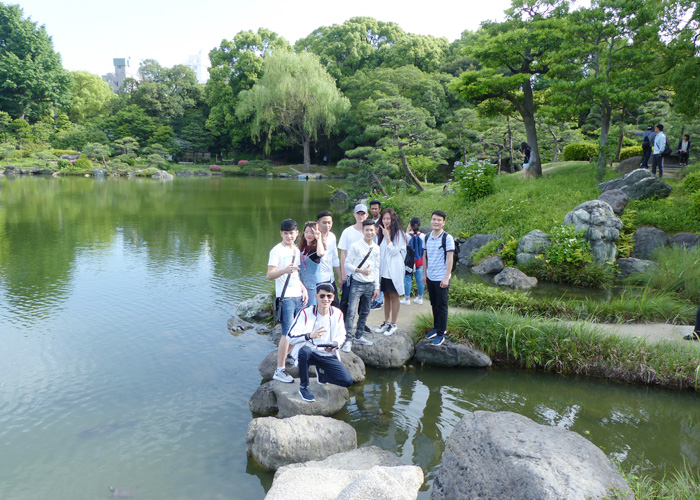
Annual Events


Living in Japan allows you to experience the richly diverse four seasons of Japan.
Spring is a beautiful, warm floral season when you can enjoy Japan’s stunning cherry blossoms. The full bloom of a cherry blossom tree is like a picturesque beauty. Our school is located in the immediate vicinity of Ueno Park, one of Japan’s most popular spots for viewing cherry blossoms, so you can readily stop by after school.
Summer is a dazzling season of hot sun. Whether you take a dip in the ocean, or go for a hike in the mountains, summer is the best season to enjoy nature. During the long summer break, hanging out with your friends is a must.
Autumn is an easy-going cool season. The beauty of the autumn leaves is famous, but the “Autumn Appetite” is also well-renowned; it is the harvest season for many kinds of seafood, wild vegetables and fruits. By all means, enjoy Japanese food – known throughout the world as being healthy.
Winter is the coldest season of the year. Even the relatively warm Tokyo gets days of snowfall. Without heading to the famed snowy Hokkaido, you will be able to experience up to 1m of snow in the nearby areas of Niigata and Nagano, and enjoy winter sports like skiing. There are also a number of events around New Years.
























In addition to allowing students to take full classes and exams while studying abroad, this school offers support for both education and life, including admissions and part-time work.In particular, through exchange meetings with Japanese students and adults who plan at this school, not only is communication with each other in multiple languages such as Japanese, Chinese, and English encouraged, but the breaking down of barriers like nationality, language, ethnicity, culture, traditions and customs to connect with like-minded individuals.